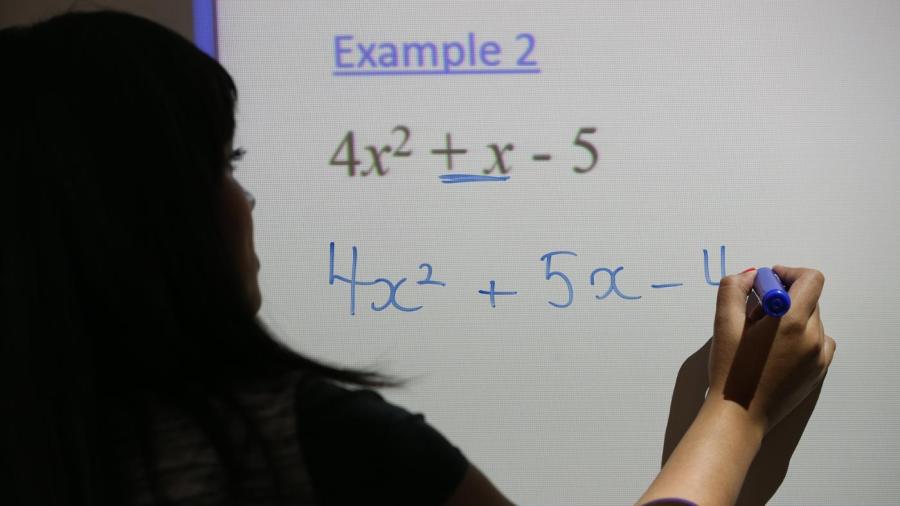What Are Real Roots in Math?

In algebra, a real root is a solution to a particular equation. The term real root means that this solution is a number that can be whole, positive, negative, rational, or irrational. While numbers like pi and the square root of two are irrational numbers, rational numbers are zero, whole numbers, fractions and decimals.
However, the solution to an equation can be real roots, complex roots or imaginary roots. While an imaginary root given as (i) is sqrt (-1), a complex number is a combination of a real number and an imaginary number like (3+4i).
When one needs to find the roots of an equation, such as for a quadratic equation, one can use the discriminant to see if the roots are real, imaginary, rational or irrational.
To find the roots of the quadratic equation a x^2 +bx + c =0, where a, b, and c represent constants, the formula for the discriminant is b^2 -4ac. When the discriminant equals zero, then there is one real solution. If the discriminant is less than zero, there are two imaginary solutions. Likewise, when the discriminant is greater than zero there are two real solutions that are also rational if discriminant is equal to a perfect square. If the discriminant is not a perfect square, then the two solutions are real and irrational.
For polynomials of higher orders, one also can find the roots of an equation by using other techniques, such as Descartes’ Rule of Signs and the Rational Roots Tests.





